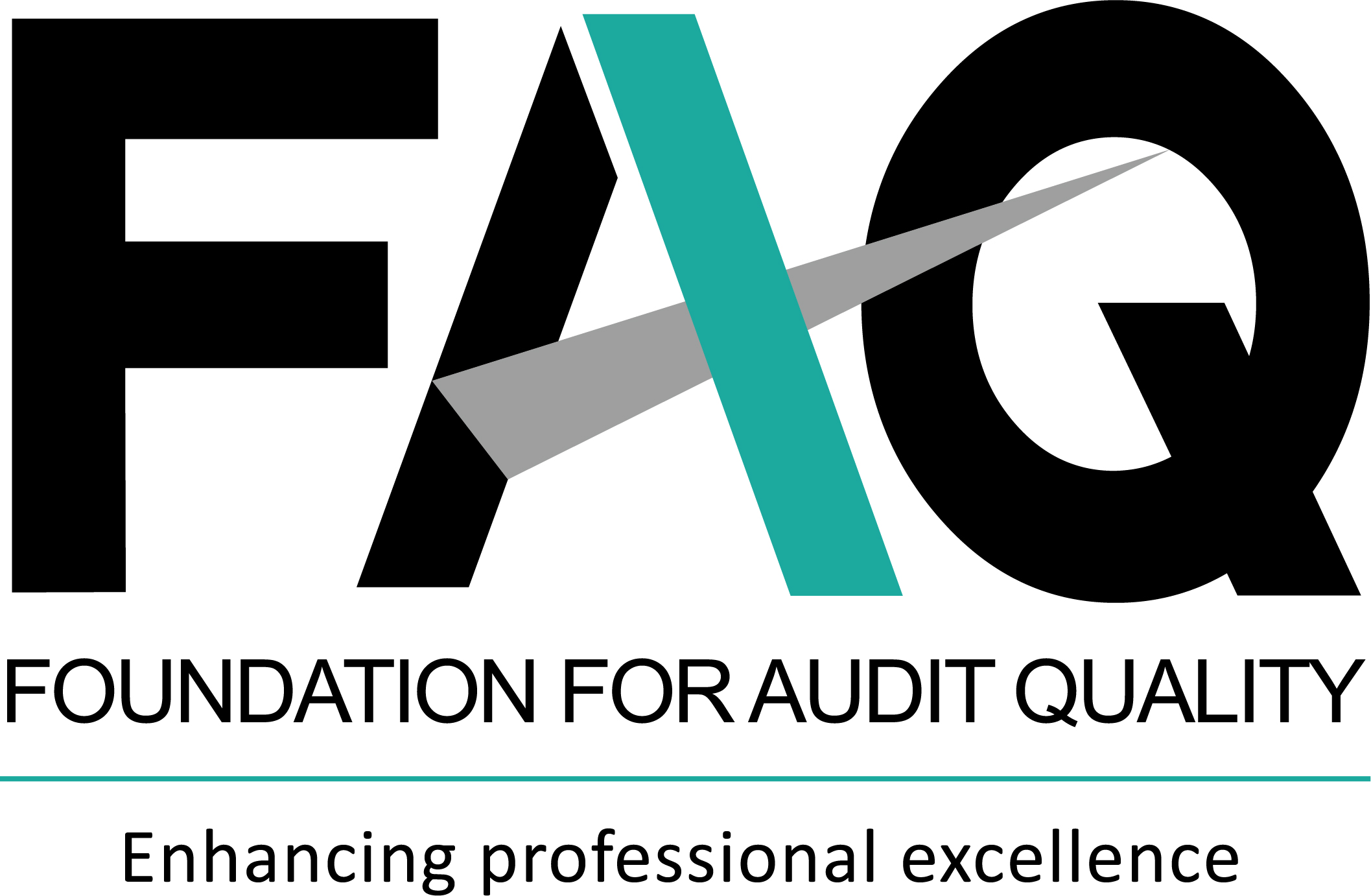Regulatory updates
Updates from SEBI
The Reserve Bank of India (RBI), vide a notification dated 22 October 2021 (SBR notification) had introduced the Scale Based Regulatory (SBR) framework for NBFCs. The approach renders the regulation and supervision of the NBFCs to be a function of their size, activity, and perceived riskiness. The SBR framework classified the NBFCs into the following four layers:
- NBFC-Base Layer (NBFC-BL)
- NBFC-Middle Layer (NBFC-ML)
- NBFC-Upper Layer (NBFC-UL)
- NBFC-Top Layer (NBFC-TL).
Vide the SBR framework (circular issued in October 2021), RBI had stipulated that NBFCs in the upper layer would be required to follow differential standard asset provisioning. The RBI vide a circular dated 6 June 2022 has issued detailed guidelines on differential provisioning to be held by NBFCs classified as NBFC-UL towards different classes of standard assets. NBFCs classified as NBFC-UL would be required to maintain provisions in respect of ‘standard’ assets at the following rates for the funded amount outstanding:
| Category of standard assets | Rate of provision on standard assets |
|---|---|
| Individual housing loans and loans to Small and Micro Enterprises (SMEs)13 | 0.25 per cent |
| Housing loans extended at teaser rates14 | 2 per cent, which would decrease to 0.4 per cent after one year from the date on which the rates are reset at higher rates (if the accounts remain standard) |
| Advances to Commercial Real Estate15– Residential Housing (CRE - RH)16 sector | 0.75 per cent |
| Advances to Commercial Real Estate (CRE) sector (other than CRE-RH) | 1 per cent |
| Restructured advances | As stipulated in the applicable prudential norms for restructuring of advances |
| All other loans and advances not included above, including loans to Medium Enterprises13 | 0.4 per cent |
Further, current credit exposures17arising on account of the permitted derivative transactions would also attract provisioning requirement as applicable to the loan assets in the ‘standard’ category, of the concerned counterparties. All conditions applicable for treatment of the provisions for standard assets would also apply to the aforesaid provisions for permitted derivative transactions.
These revised provisions will be applied while computing the prudential floor with effect from 1 October 2022.
To access the text of the notification, please click here
- Definition of the terms Micro Enterprises, Small Enterprises, and Medium Enterprises shall be as per the circular FIDD.MSME &NFS.BC.No.3/06.02.31/2020-21 dated July 2, 2020, on ‘Credit flow to Micro, Small and Medium Enterprises Sector’ as updated from time to time.
- Housing loans extended at teaser rates shall mean housing loans having comparatively lower rates of interest in the first fewyears after which the rates of interest are reset at higher rates.
- Commercial Real Estate (CRE) would consist of loans to builders/ developers/ others for creation/acquisition of commercial realestate (such as office building, retail space, multi-purpose commercial premises, multi-tenanted commercial premises, industrial or warehouse space, hotels, land acquisition, development and construction etc.) where the prospects for repayment, or recovery in case of default, would depend primarily on the cash flows generated by the asset by way of lease/rental payments, sale etc. Further, loans for third dwelling unit onwards to an individual will be treated as CRE exposure.
- Commercial Real Estate –Residential Housing (CRE–RH) is a sub-category of CRE that consist of loans to builders/ developers for residential housing projects (except for captive consumption). Such projects should ordinarily not include non-residential commercial real estate. However integrated housing project comprising of some commercial spaces (e.g., shopping complex, school etc.) can also be specified under CRE-RH, provided that the commercial area in the residential housing project does not exceed 10 per cent of the total Floor Space Index (FSI) of the project. In case the FSI of the commercial area in the predominantly residential housing complex exceed the ceiling of 10 per cent, the entire loan should be classified as CRE and not CRE-RH.
- Current credit exposure is defined as the sum of the gross positive mark-to-market value of all derivative contracts with respect to a single counterparty, without adjusting against any negative marked-to-market values of contracts with the same counterparty.
Action points for auditors
Auditors should discuss this circular with their clients, and emphasisethat the provisioning requirements prescribed in the RBI circular is for the purpose of computing provisions as per the regulatory requirement and the prudential floor for the purpose of accounting. NBFCs required to comply with Ind AS will compute the provisions for Non-Performing Assets (NPAs) as per Ind AS, and the difference between the provision as computed as per Ind AS and the prudential floor will be transferred to the ‘impairment reserve’.
In September 2021, RBI had issued the Master Direction –Reserve Bank of India (Transfer of Loan Exposures) Directions, 2021 (MD-TLE), thereby laying down a comprehensive, self-contained set of regulatory guidelines governing transfer of stressed loan exposures18.
Clause 77 of the MD-TLE, inter aliastates that investments in Security Receipts (SRs)/Pass Through Certificates (PTCs)/other securities issued by Asset Reconstruction Companies (ARCs) shall be valued periodically by reckoning the Net Asset Value (NAV) declared by the ARC based on the recovery ratings received for such instruments.
Provided that when transferors invest in the SRs/PTCs issued by ARCs in respect of the stressed loans transferred by them to the ARC, the transferors shall carry the investment in their books on an ongoing basis, until its transfer or realisation, at the lower of the redemption value of SRs arrived based on the NAV as above, and the Net Book Value (NBV) of the transferred stressed loan at the time of transfer.
The RBI, vide a circular dated 30 June 2022 (the 2022 circular) has provided a glide path for entities to ensure smooth implementation of clause 77 of the MD-TLE. In respect of valuation of investments in SRs outstanding on the date of issuance of MD-TLE (September 24, 2021), the difference between the carrying value of such SRs and the valuation arrived at as on the next financial reporting date after the date of issuance of MD-TLE, in terms of clause 77 of the MD-TLE, may be provided over a five-year period starting with the financial year ending 31 March 2022 -i.e. from FY2021-22 till FY2025-26.
Subsequent valuations of investments in such SRs on an ongoing basis shall, however, be strictly in terms of the provisions of MD-TLE.
All lending institutions are required to put in place a board approved plan to ensure that the provisioning made in each of the financial years as per the guidelines above is not less than one fifth of the required provisioning on this count.
All other provisions of the MD-TLE shall continue to be applicable, as hitherto.
This circular is applicable to all India financial institutions, NBFCs, urban, state and district central cooperative banks, local area banks and regional rural banks.
To access the text of the circular, please click here
To access the text of MD-TLE, please click here
- Stressed loans are loans classified as NPAs or as Special Mention Accounts (SMAs).
Our Insights
Tools and Enablers
- Standard workpapers
- Technology tools
Resources
- Regulatory updates
-
India updates
Accounting updates
Auditing updates
Regulatory updates
-
International updates
Accounting updates
Auditing updates
Regulatory updates
-
Recap on key updates
-
Publications
India Publications
International Publications
-
Matter for auditors’ attention
-
Discussion/Consultation papers and Publications issued by regulators
India Publication
International Publication
Exposure Drafts/consultation papers
EDs/consultation papers
Matters for Consultation

